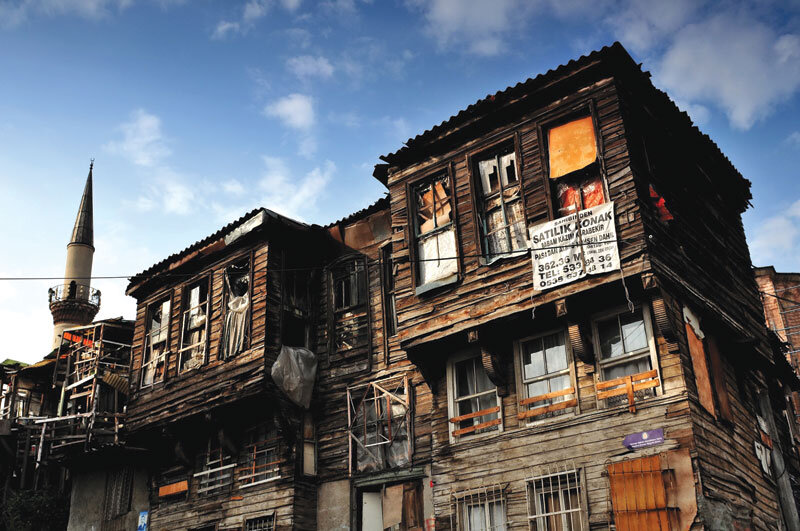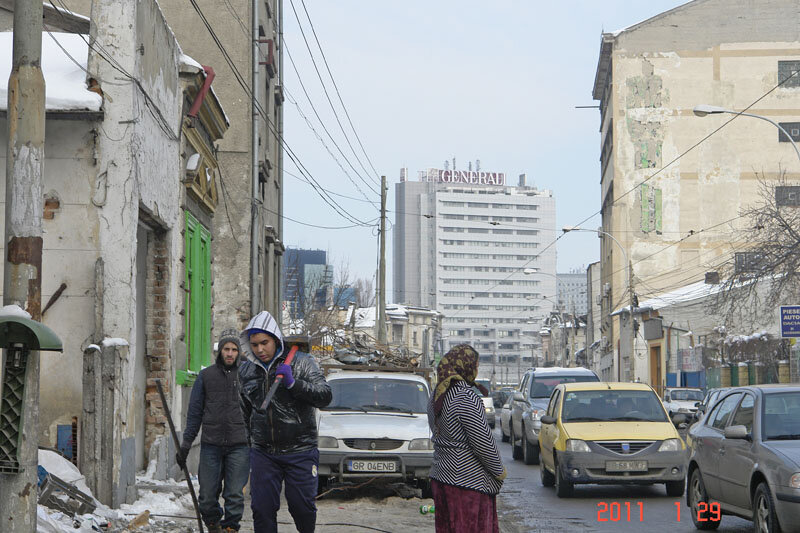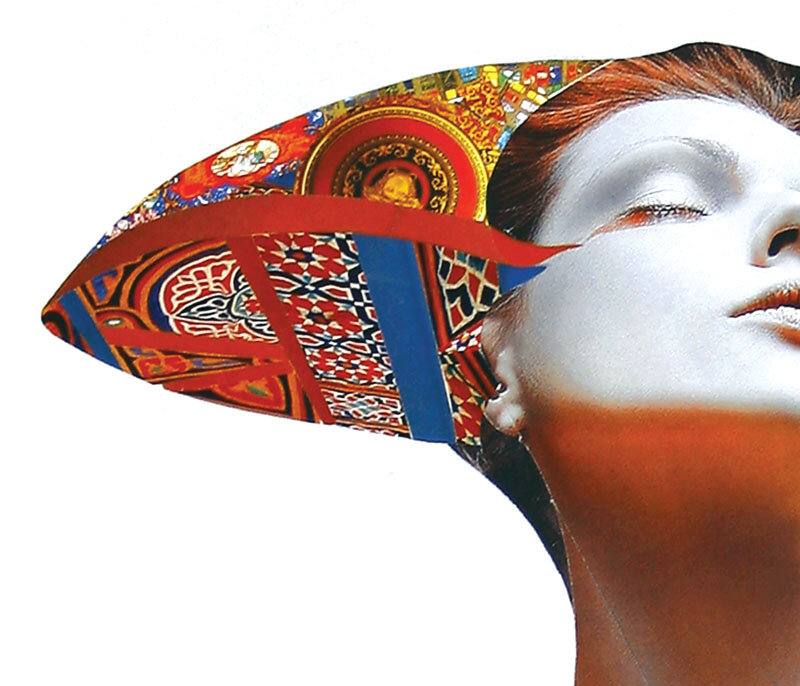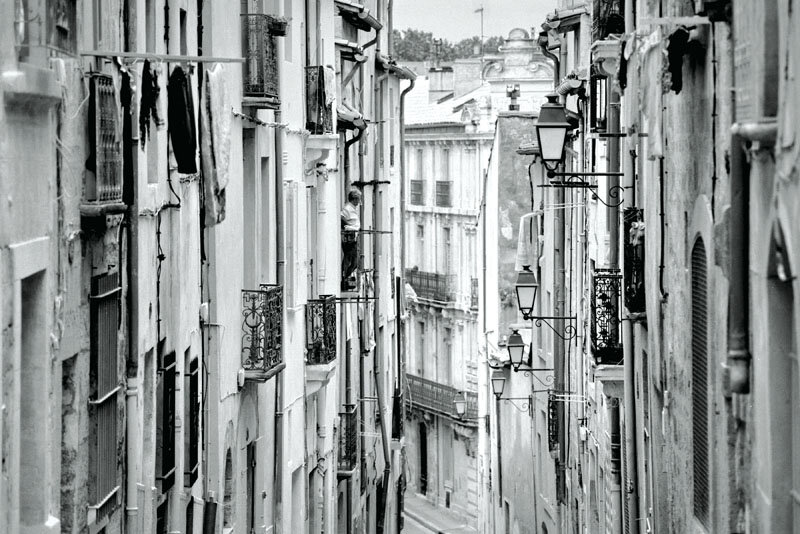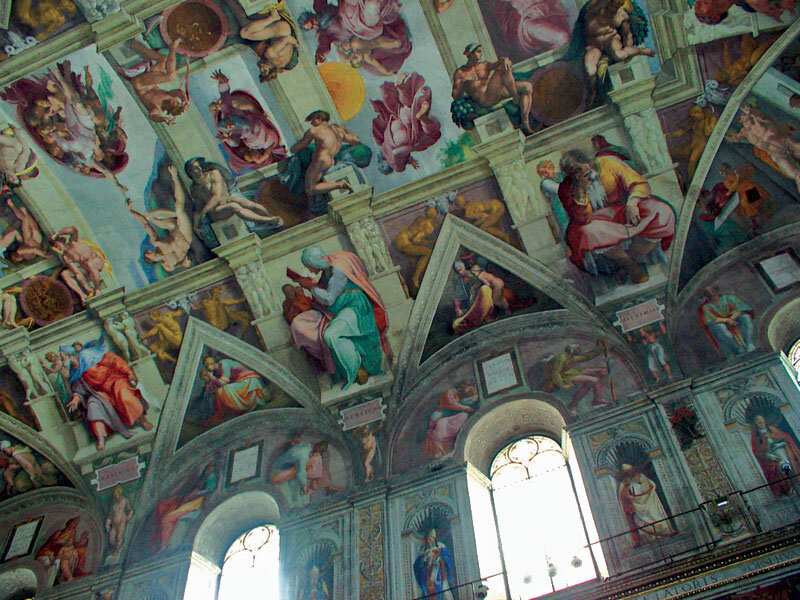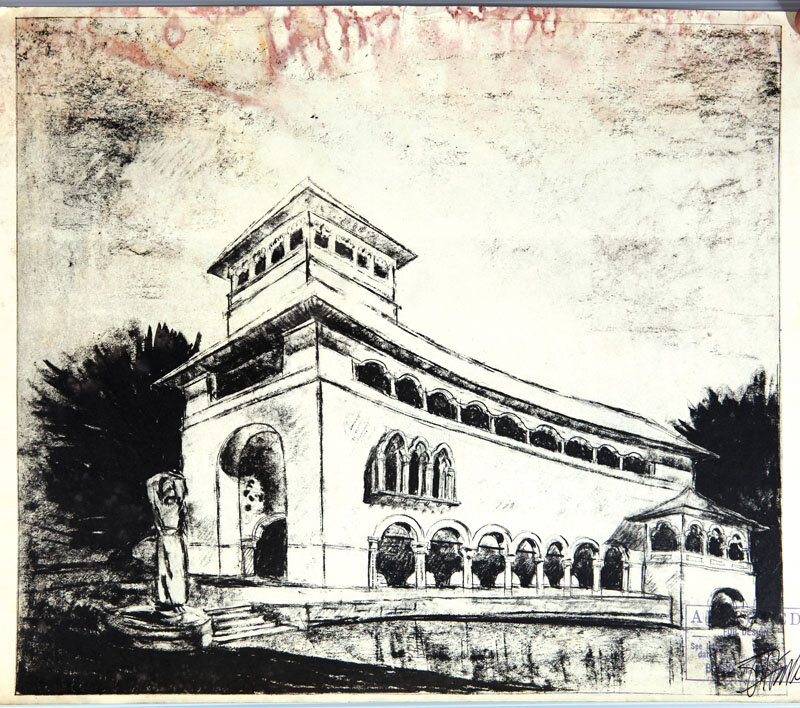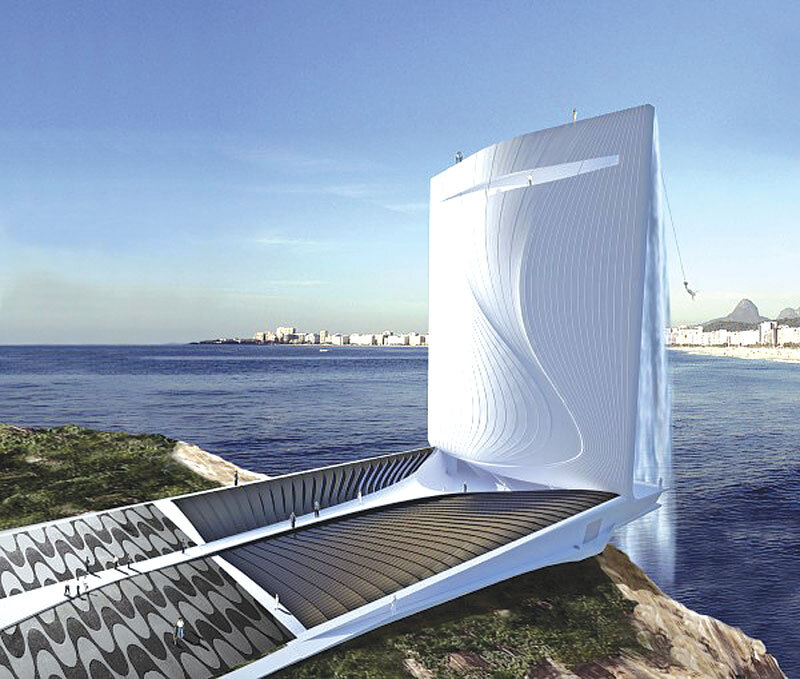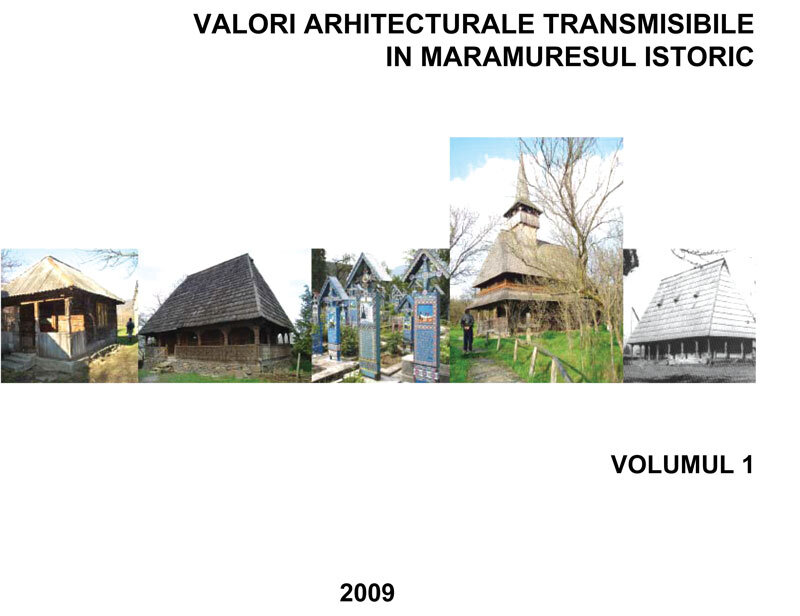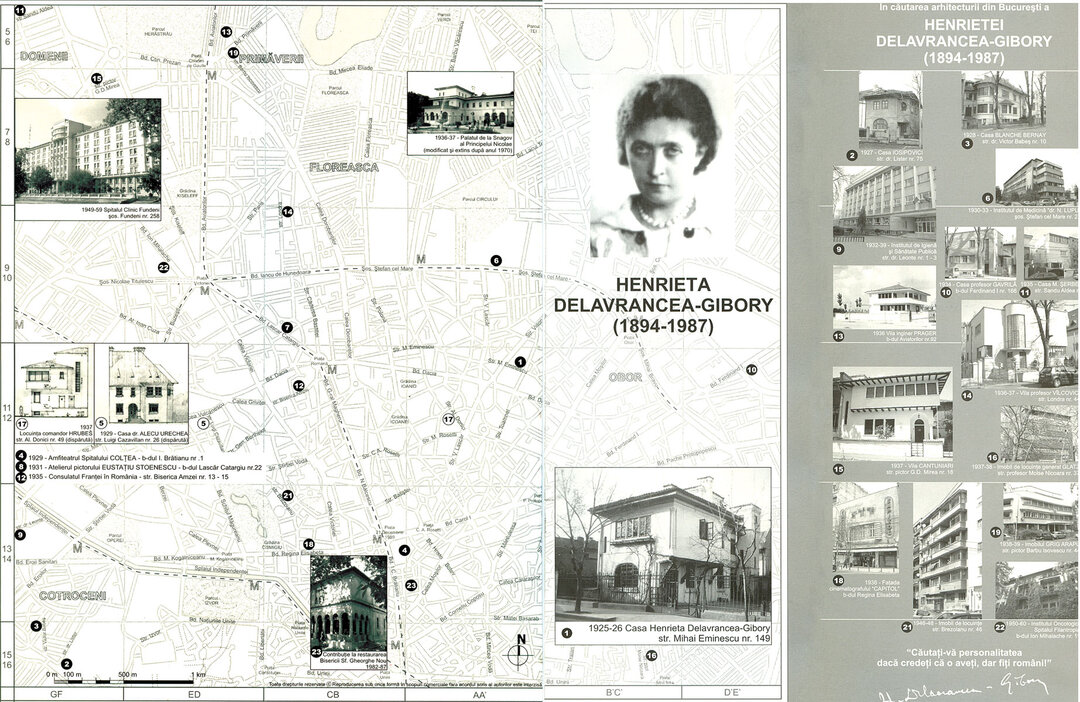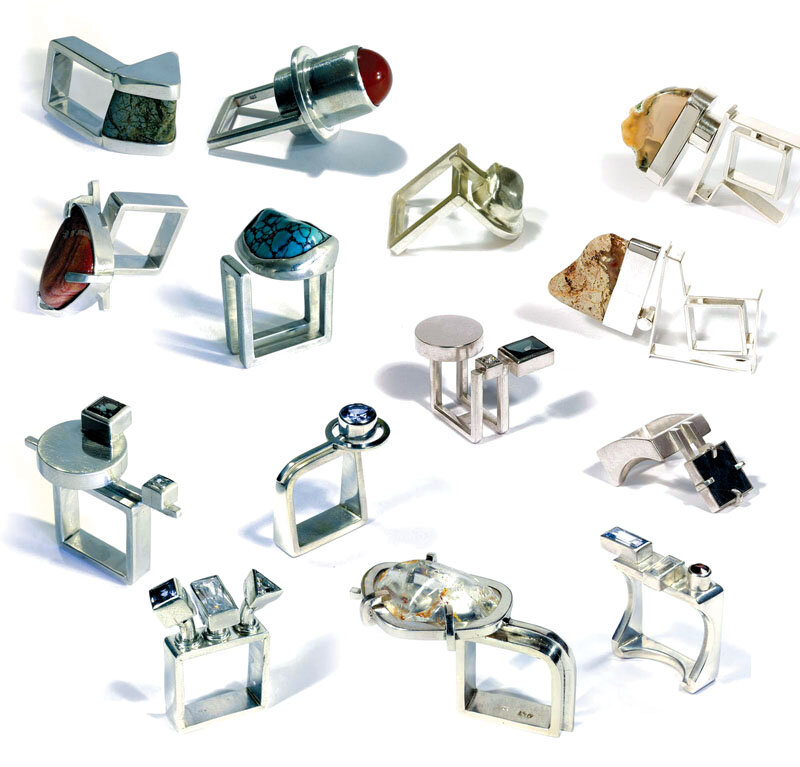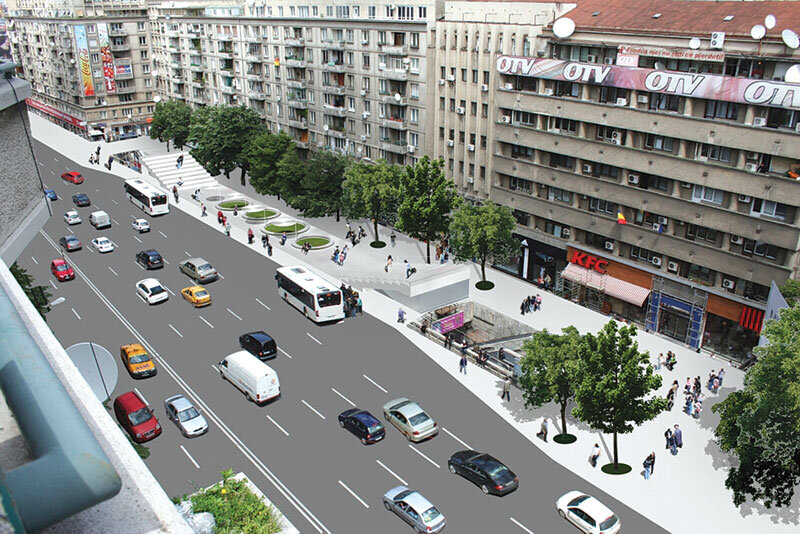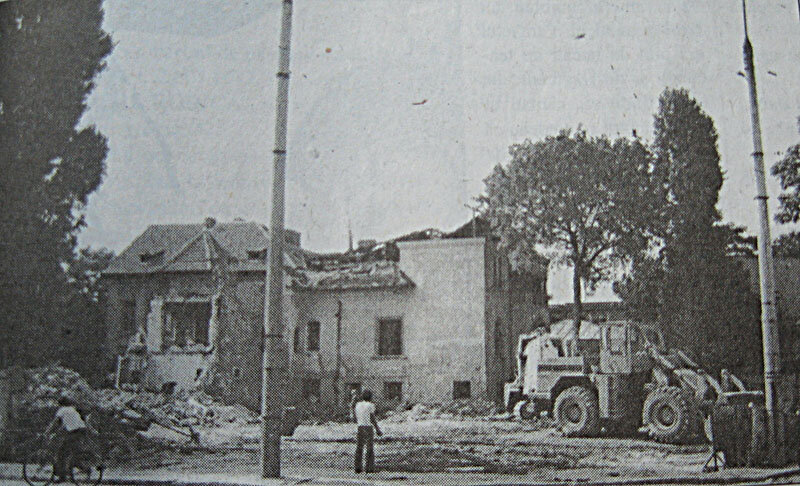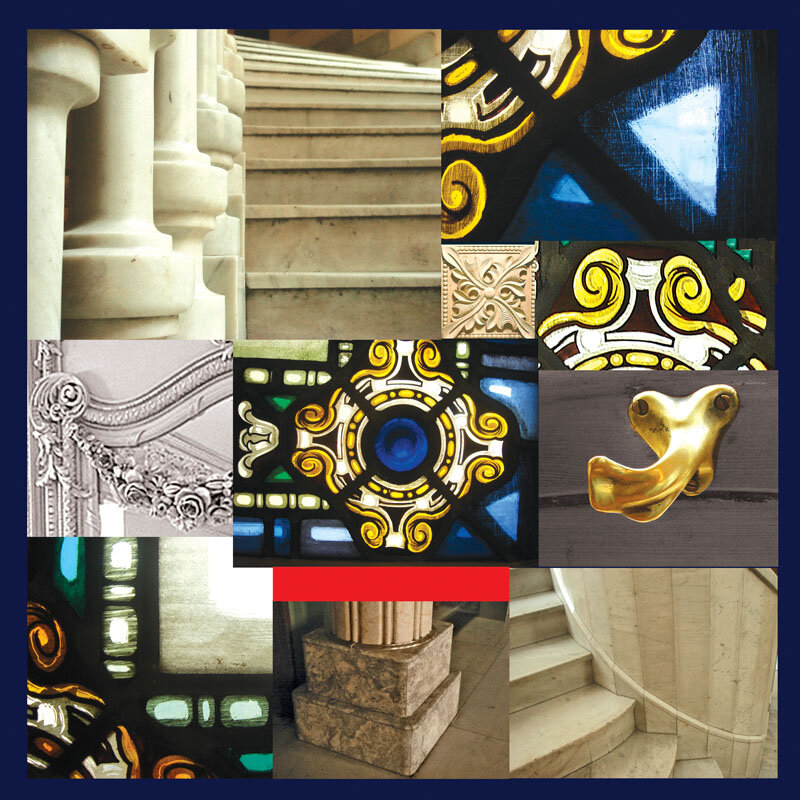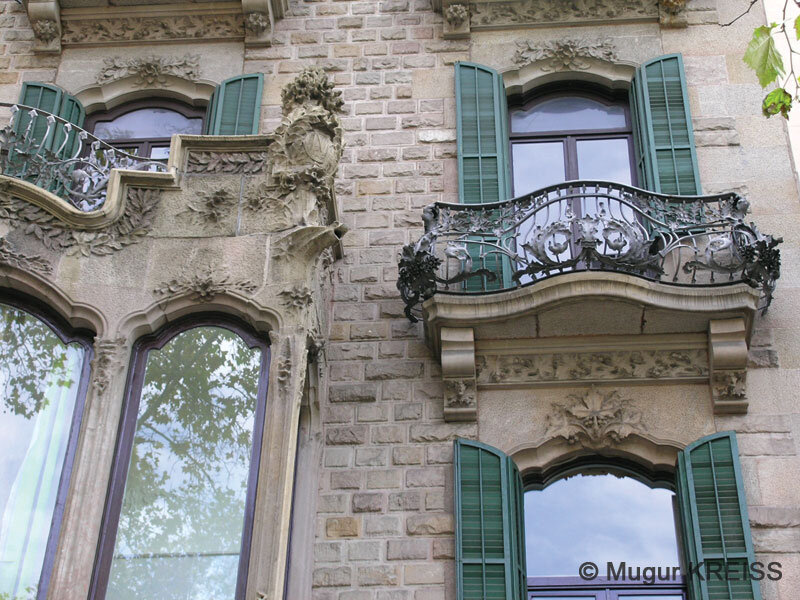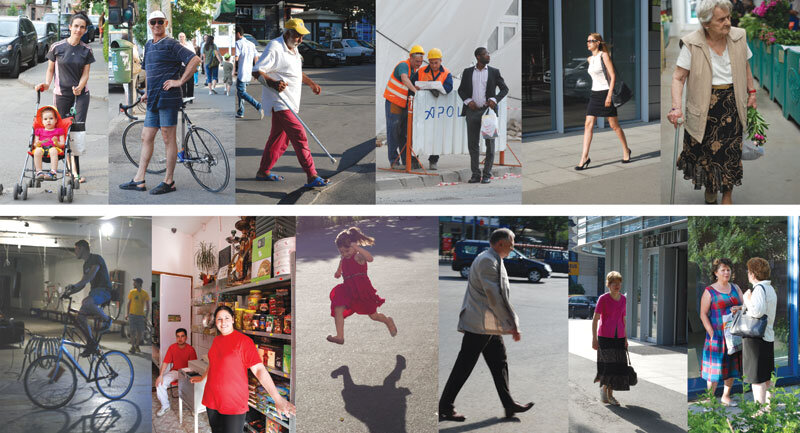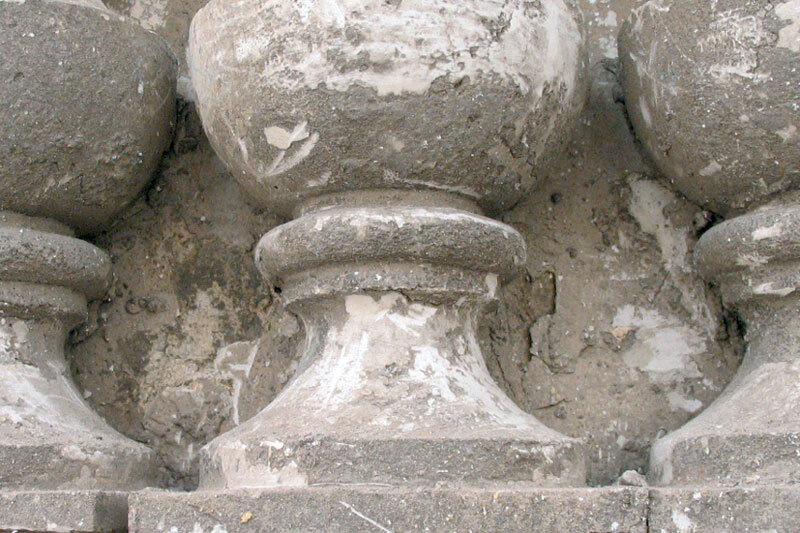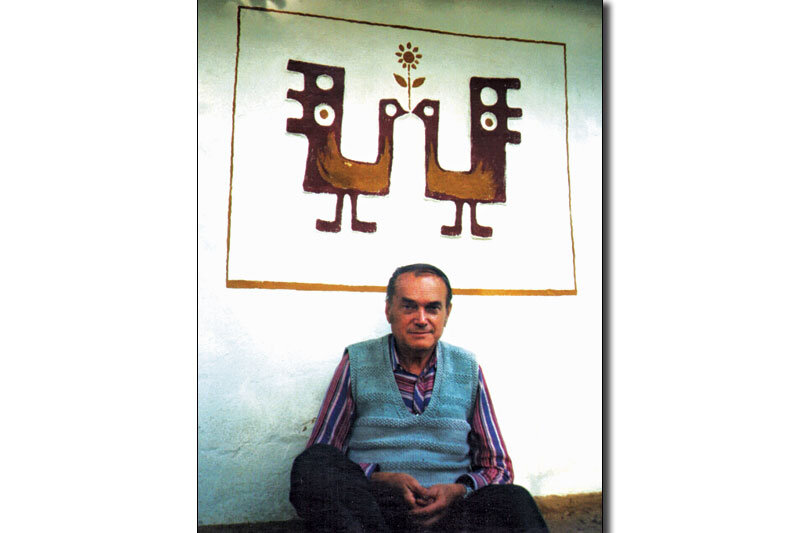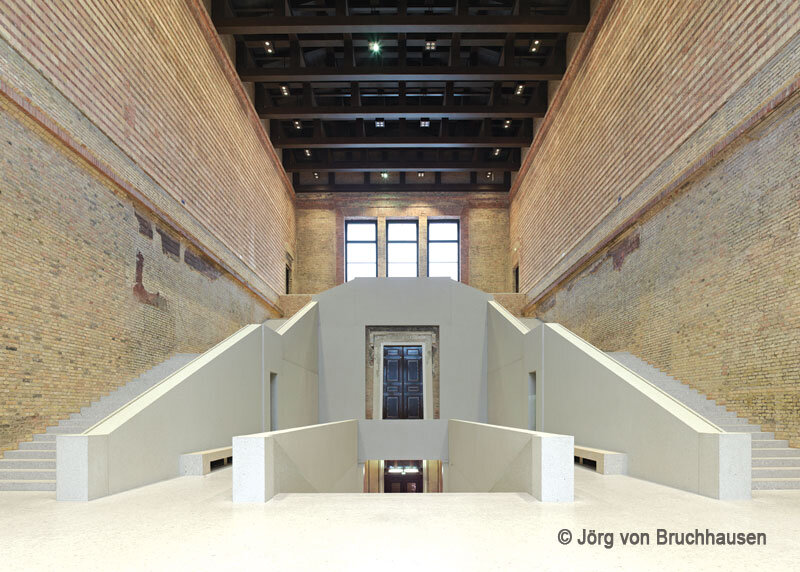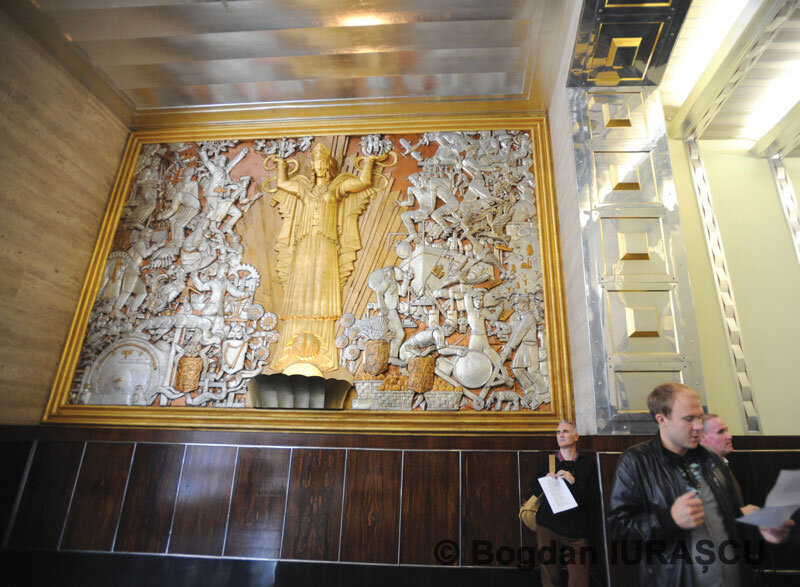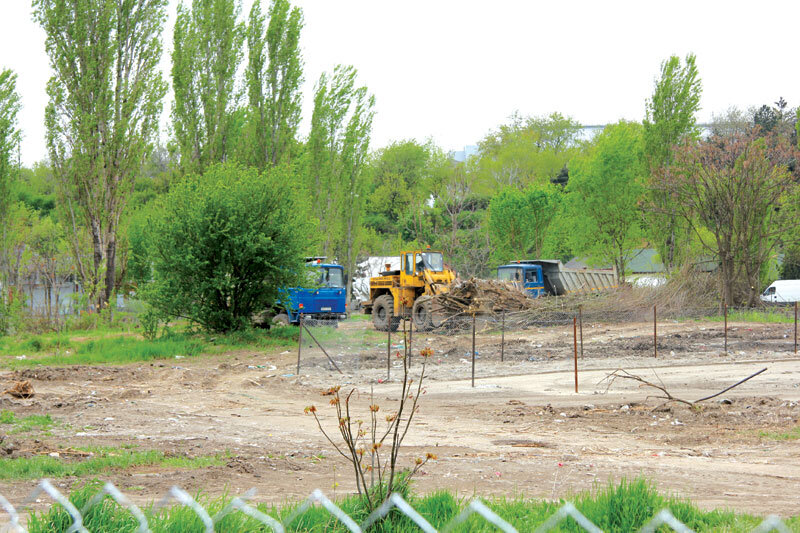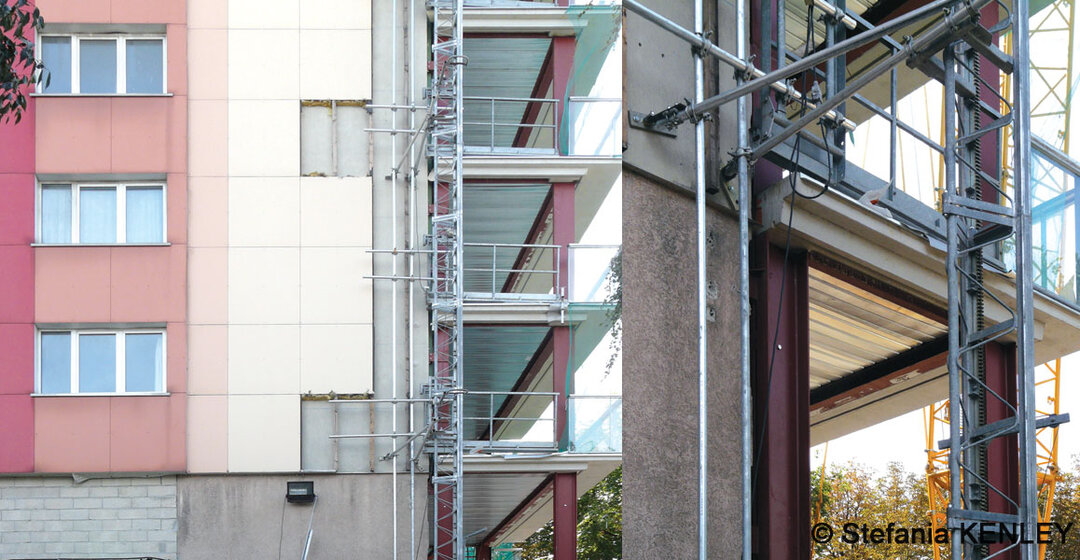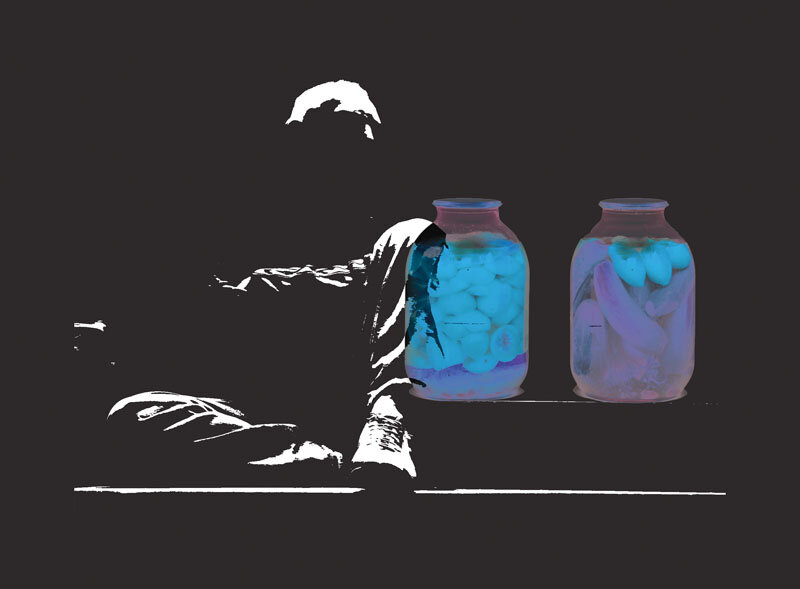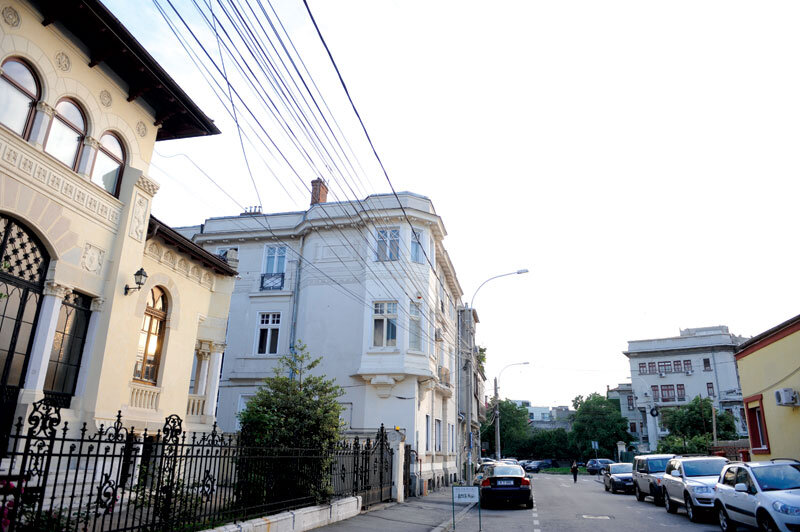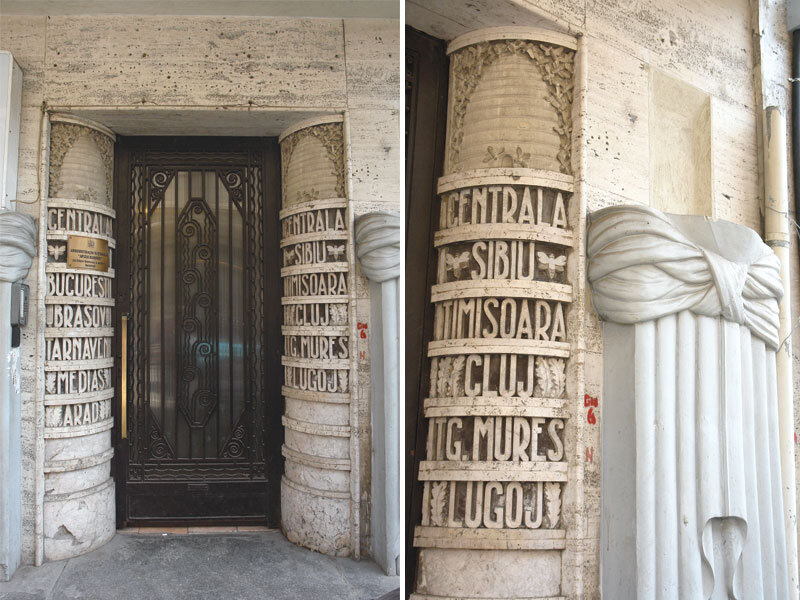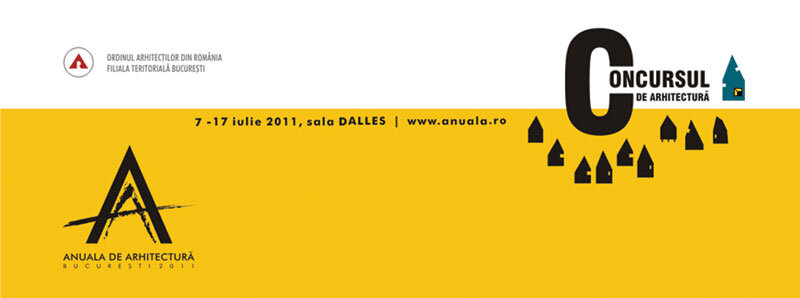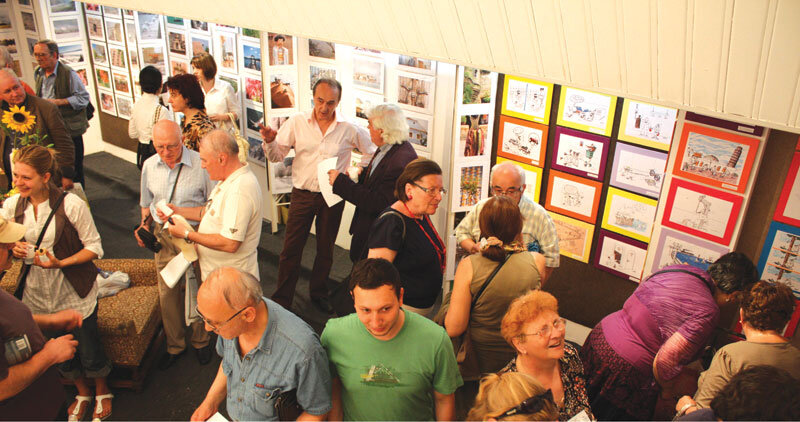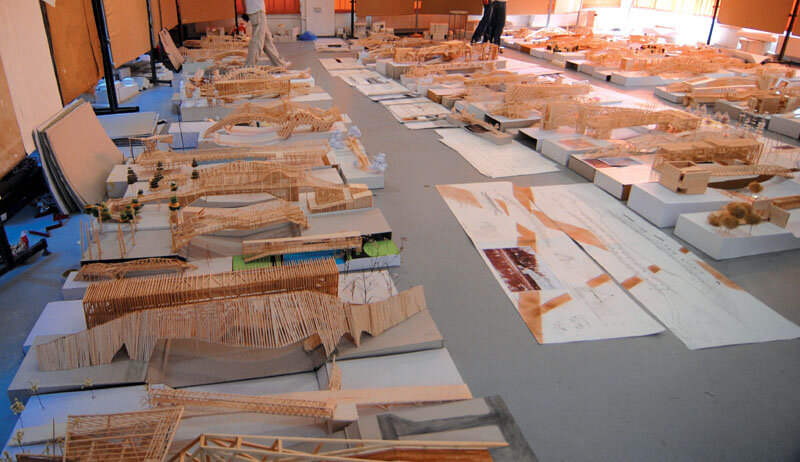
Timișoara School of Architecture
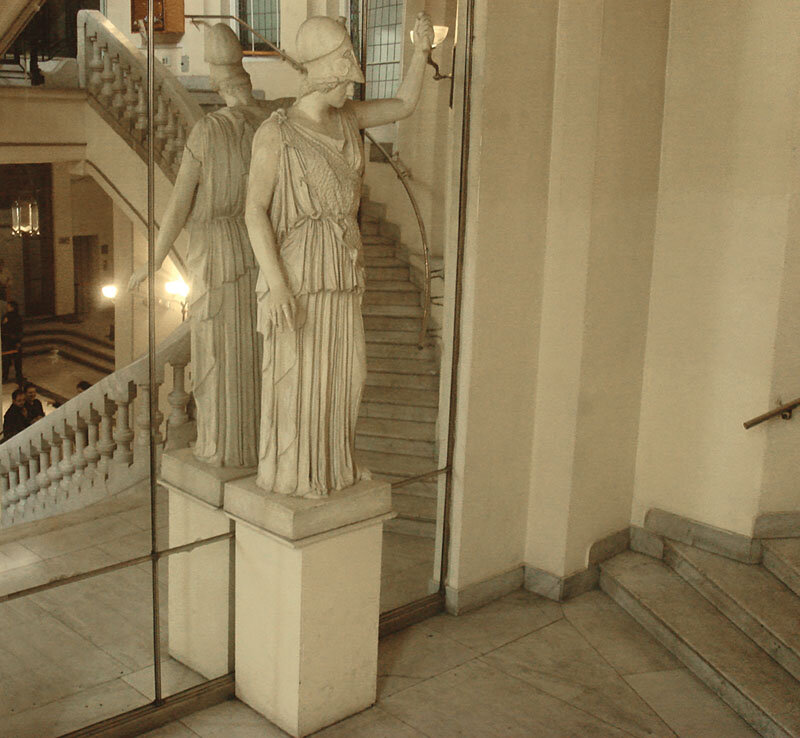
| The "Circulo de Bellas Artes" in Madrid is one of the most important private cultural institutions in Europe, characterized by an open attitude towards the most innovative artistic trends. It is a multidisciplinary center for a wide range of activities, from the visual arts to literature, even including science, philosophy, film and the performing arts.The institution was founded in 1880 by a group of artists. In 1983 the centre was reorganized on the initiative of the Visual Artists' Association, which brought together some of Spain's most important artists. Today, the center is open both to the public in Madrid and to international cultural flows.The building that houses the cultural center was designed by the Spanish architect AntonioPalacios between 1919 and 1926. The project takes an original approach to the building's composition in terms of height, through an organic scheme: each floor and its related function expresses its specific volume and character on the façade. The levels follow a descending line in height, culminating in the tower. The ambitious program suggested by Palacios turns the building into a 'miniature city'. Among Palacios' best-known buildings are the Palace of Communications in Madrid (now the City Hall) and the headquarters of the Central Bank of Madrid, now the Cervantes Institute. |
| The "Círculo Bellas Artes" in Madrid is one of the most important private cultural institutions in Europe. Ever since it was set up in 1880, it has played a major role of international scope in the field of cultural creation and diffusion.It is characterized by openness to the mostinnovative artistic trends?. It is a multidisciplinary center with a variety of activities ranging from fine arts to literature, including science, philosophy, film and stage performance. CBA has exhibition rooms, a cinema, a theatre, concert halls, lecture halls, artists' workshops, a library, a cafeteria, a shop and many other facilities.This institution was created in 1880 by a group of artists. In 1983 there was a reorganization of the center at the initiative of Artists Association, which brought together some of the most important Spanish artists. Today, the center is open to both the Spanish public and internationalcultural flows.The building that houses the cultural center was designed by Spanish architect Antonio Palacios between 1919 and 1926. It is an emblematic building and from its rooftop one can enjoy some of the best views of Spain's capital city. The project has a personal approach to composition on the height of the building, through an organic sketch in which each floor and function shows its volume and its specific character on the facade, following a descending line on the vertical plan, culminating with the tower. Palacios ambitious plan converts the building into a "city in miniature". Among the most recognized buildings made by Palacios is the Communications Palace of Madrid (currently - the headquarters of the City Hall) and The Central Bank of Madrid, today the Cervantes Institute. |
| Photo: Raluca IONESCU |

